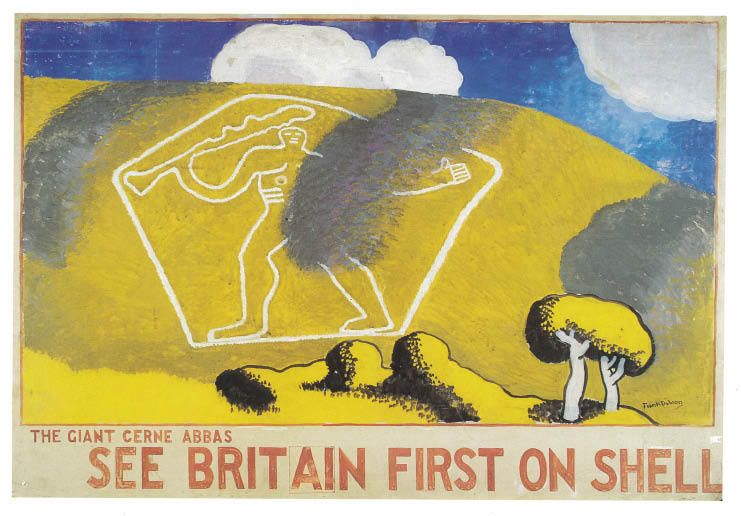The book is interesting because it has insights and novelty, not least in taking a period and a culture regarded by many as second best compared with what was happening elsewhere at the time, and shows it to have been enlightened, intelligent and full of beauty. However, it infuriates partly because of the author’s occasionally cloying and highly adjectival style, and partly because, for all her scholarship in the subject, one gets the sense that she has spread herself too broadly and lacks a feel for the real popular currents of the Twenties and Thirties.
The book is certainly ambitious. Not only does Harris examine the paradoxes of these modernists looking back to a romantic past in mainstream arts such as novels, poetry, painting and architecture; she also looks at the more peripheral areas of culture, such as food, weather, village life and music. She certainly supports the thesis implicit in her subtitle — that there was a conspicuous exercise of the imagination by creative artists in this period, and both Woolf and Piper are taken as prime examples of the paradox she describes.
Woolf, for all her stylistic modernism, was rooted in her fiction in English history, the English countryside, and English values. Piper, long before he and John Betjeman started driving round England looking at churches and tea-shops, was in the vanguard of modernist art, yet found himself seduced by the past once he examined it. Even the modernist Berthold Lubetkin ended up, Harris tells us, living in ‘a remote sash-windowed cottage on a farm in Chipping Sodbury’, which she explains, somewhat spin-doctorishly, was ‘a principled decision to experience an older way of life while not losing sight of his urban vision’: presumably he had a high-powered telescope through which he could see Bristol or Birmingham.








Comments
Join the debate for just £1 a month
Be part of the conversation with other Spectator readers by getting your first three months for £3.
UNLOCK ACCESS Just £1 a monthAlready a subscriber? Log in